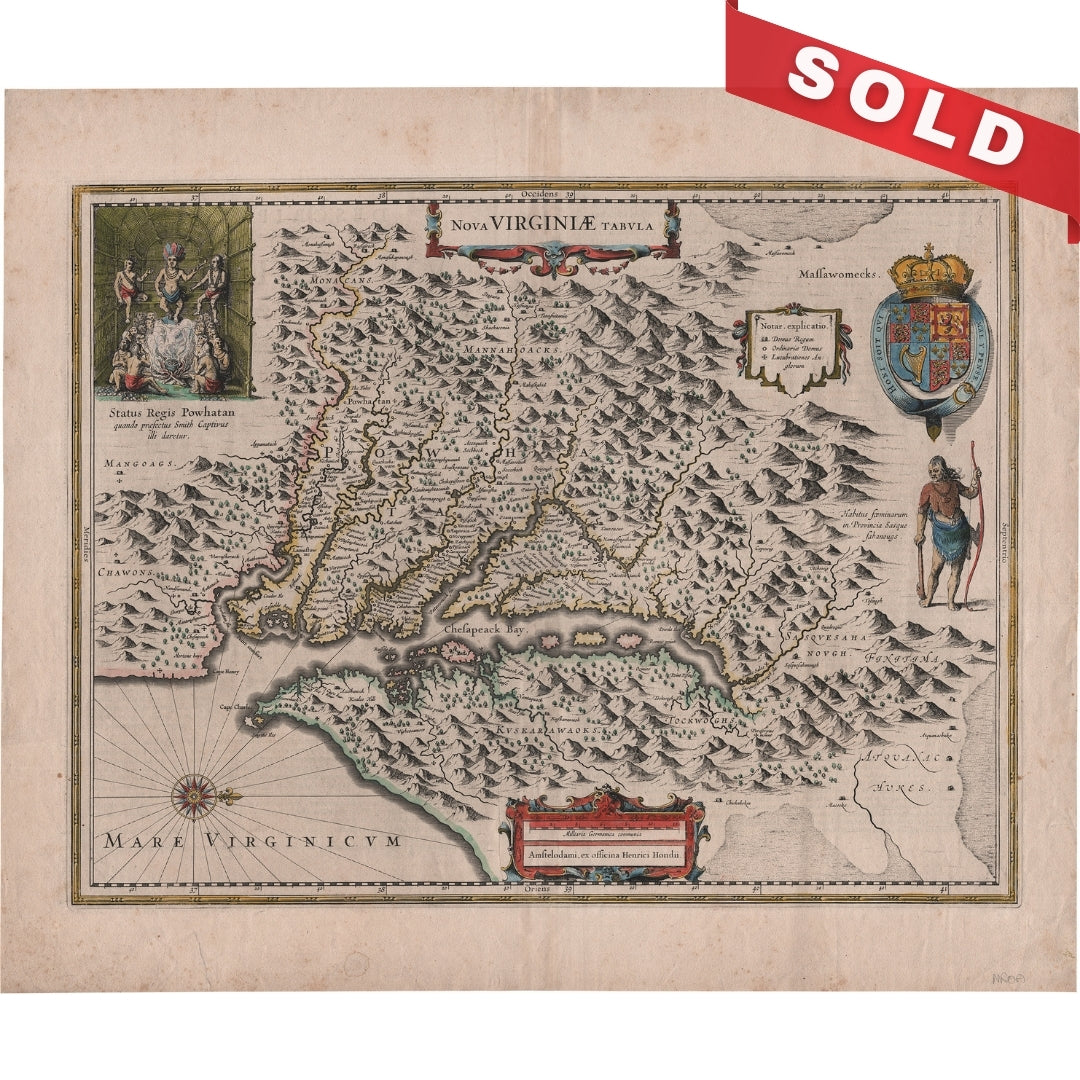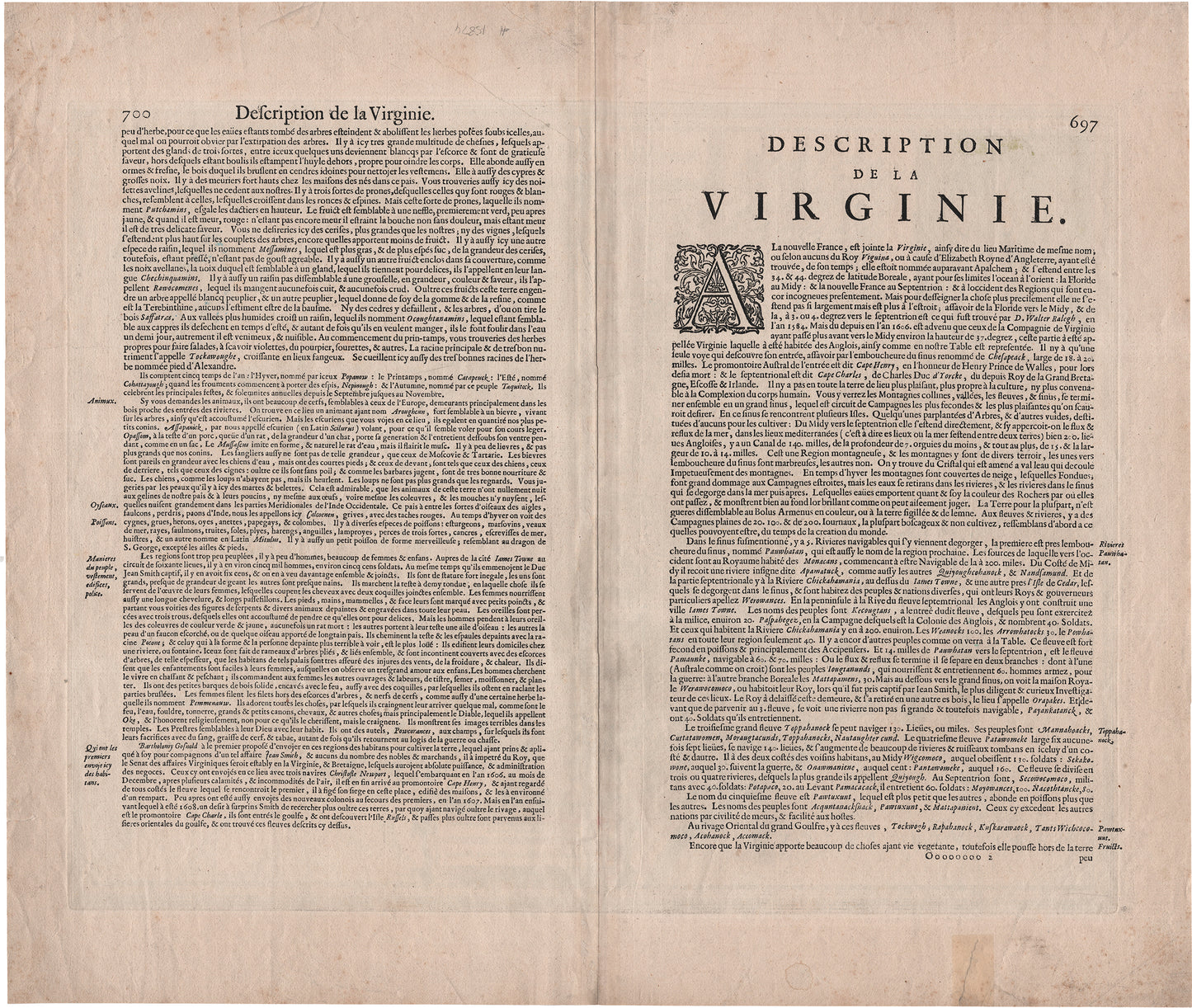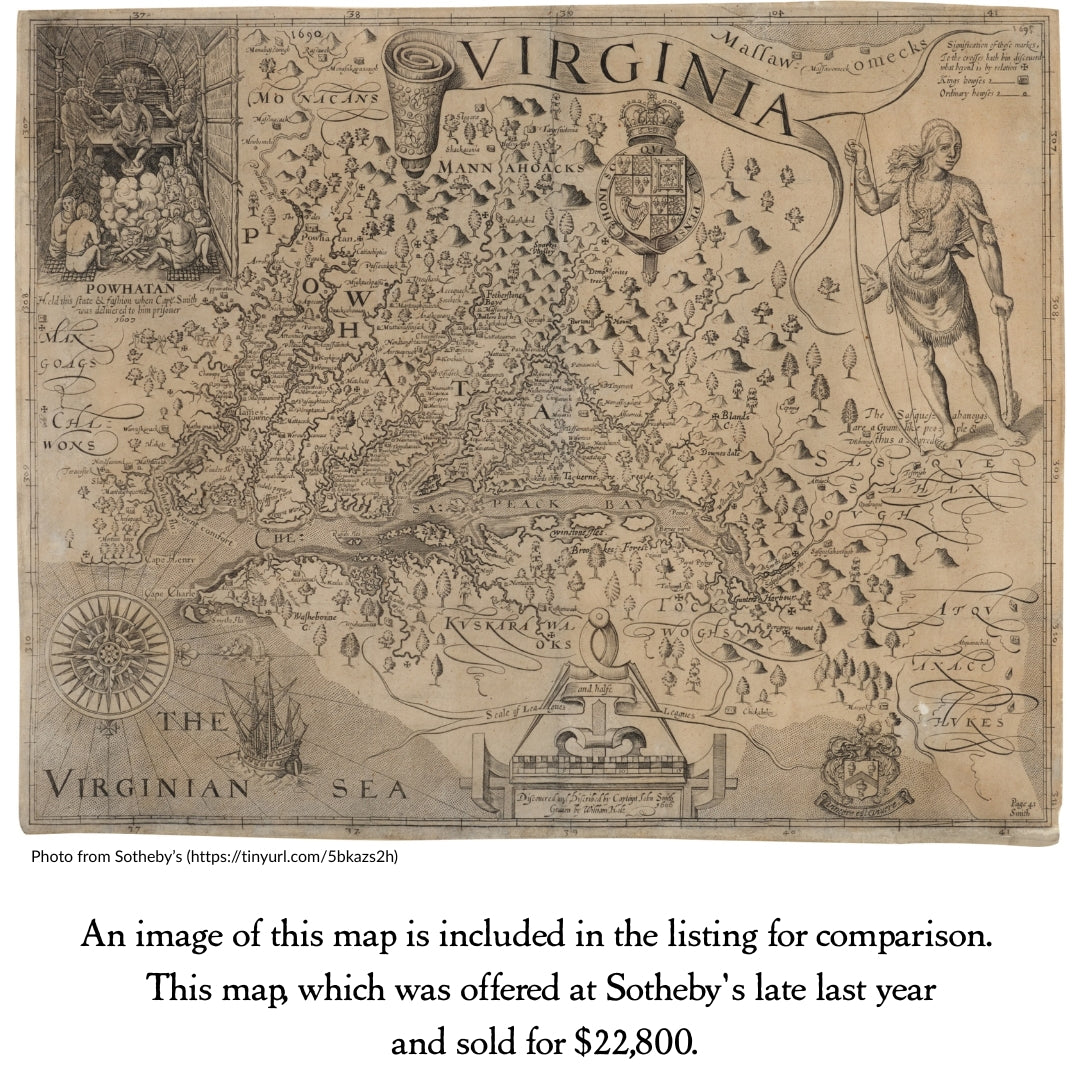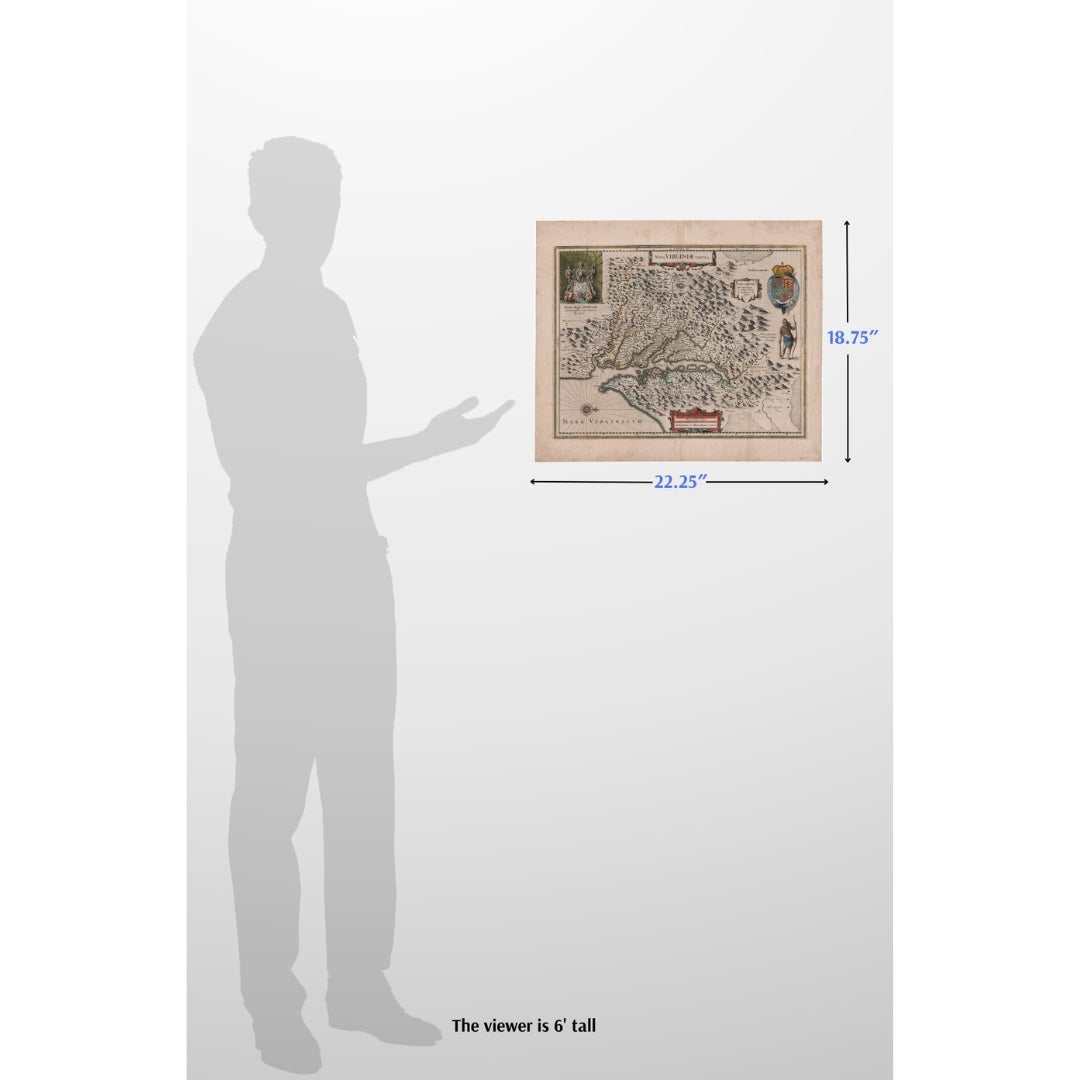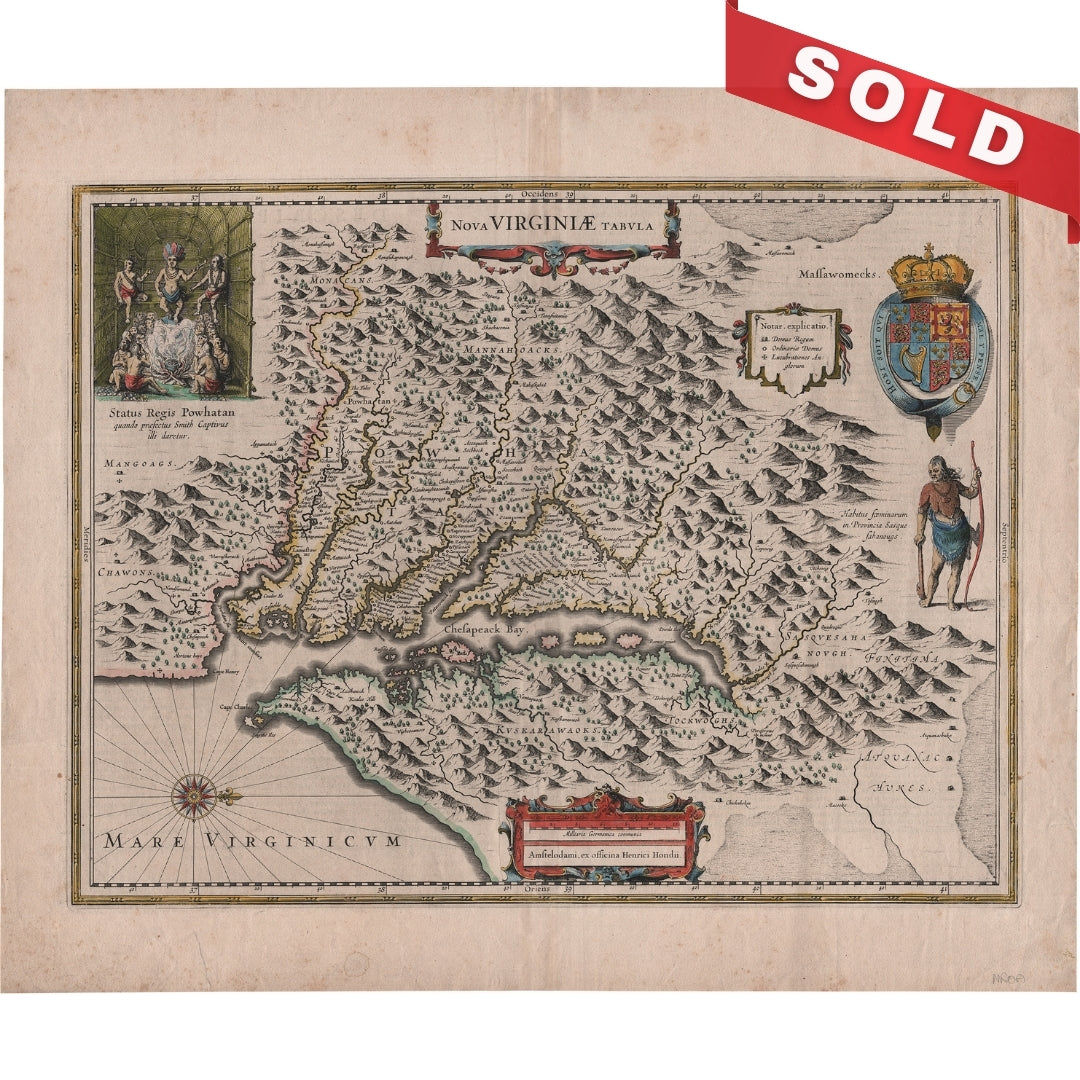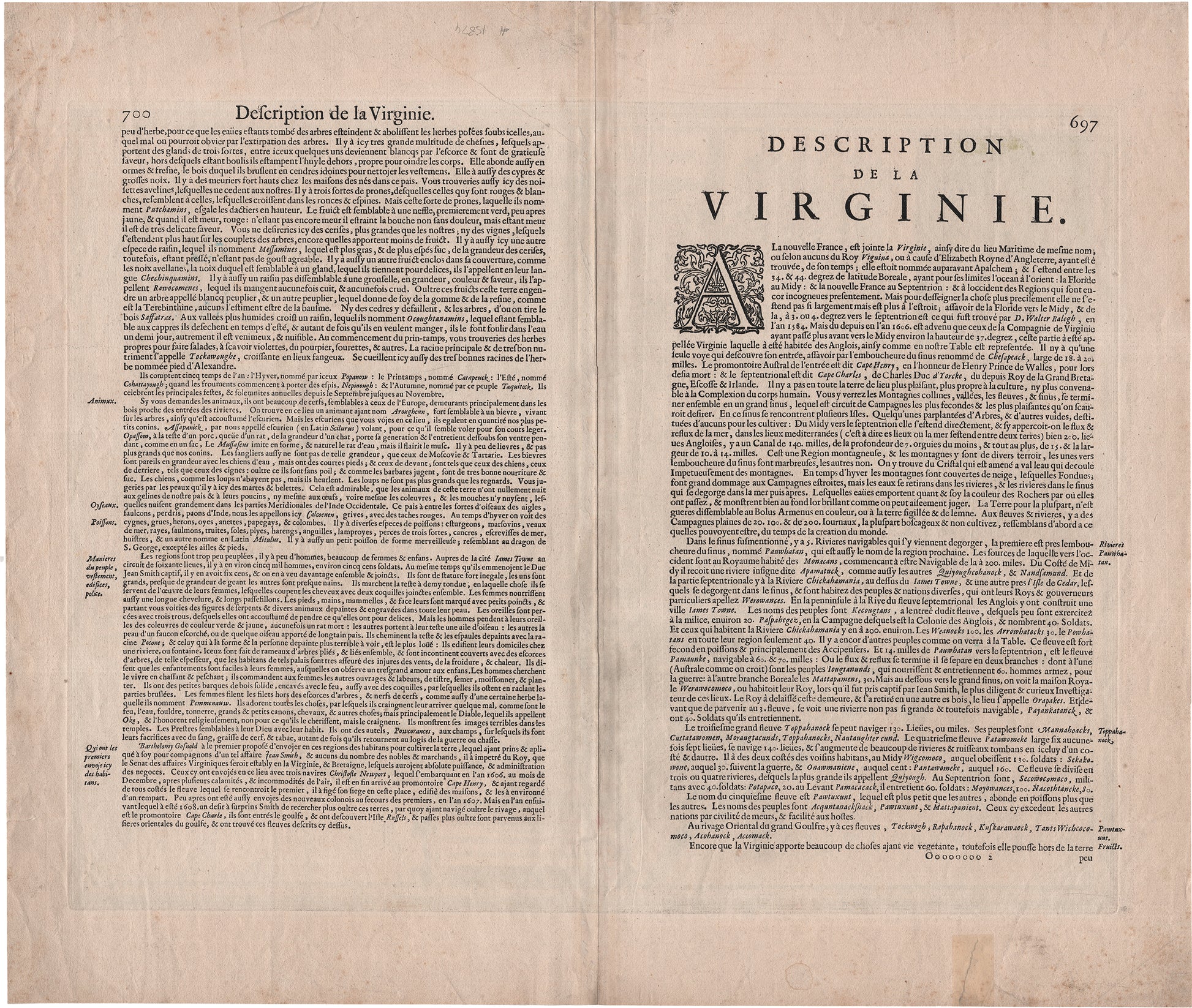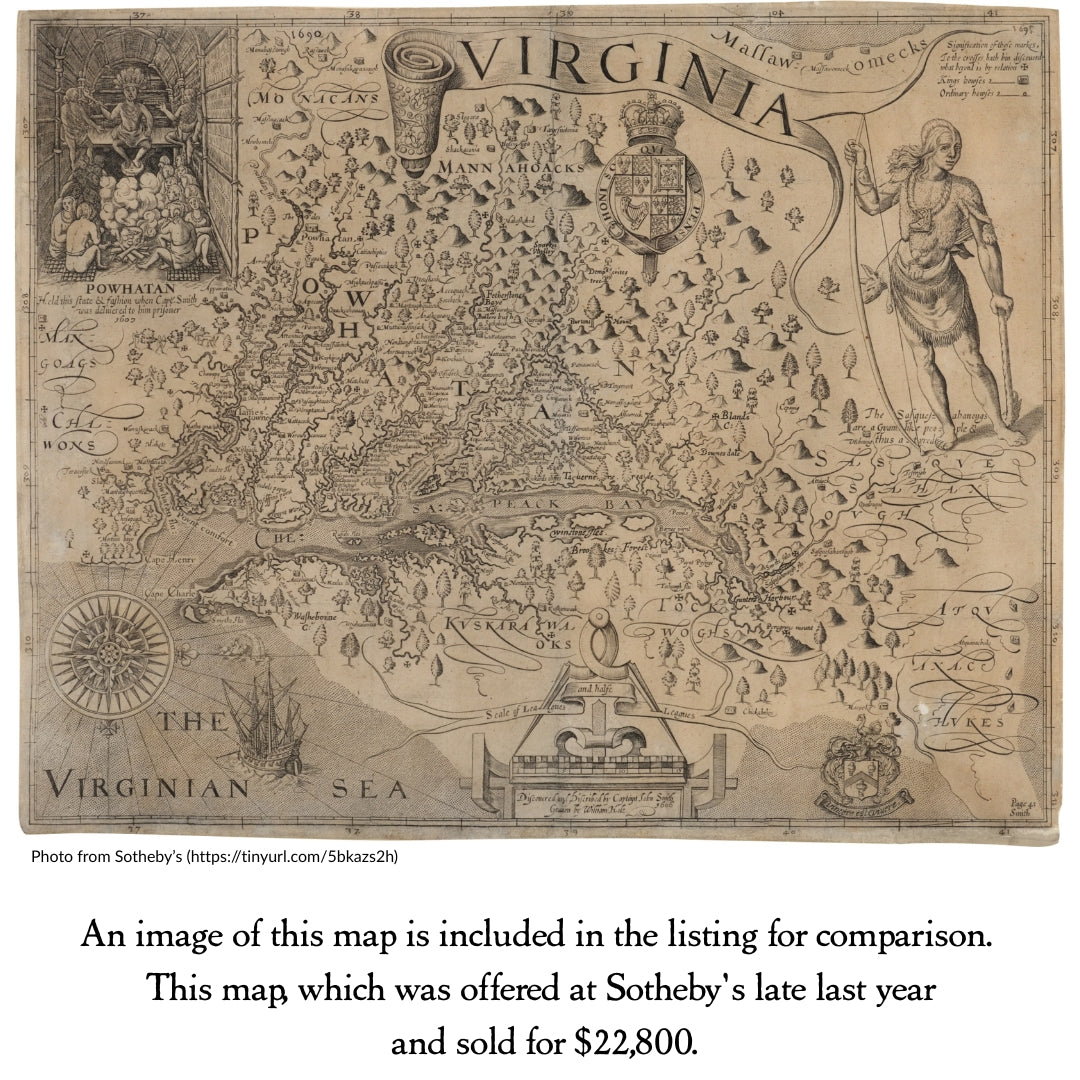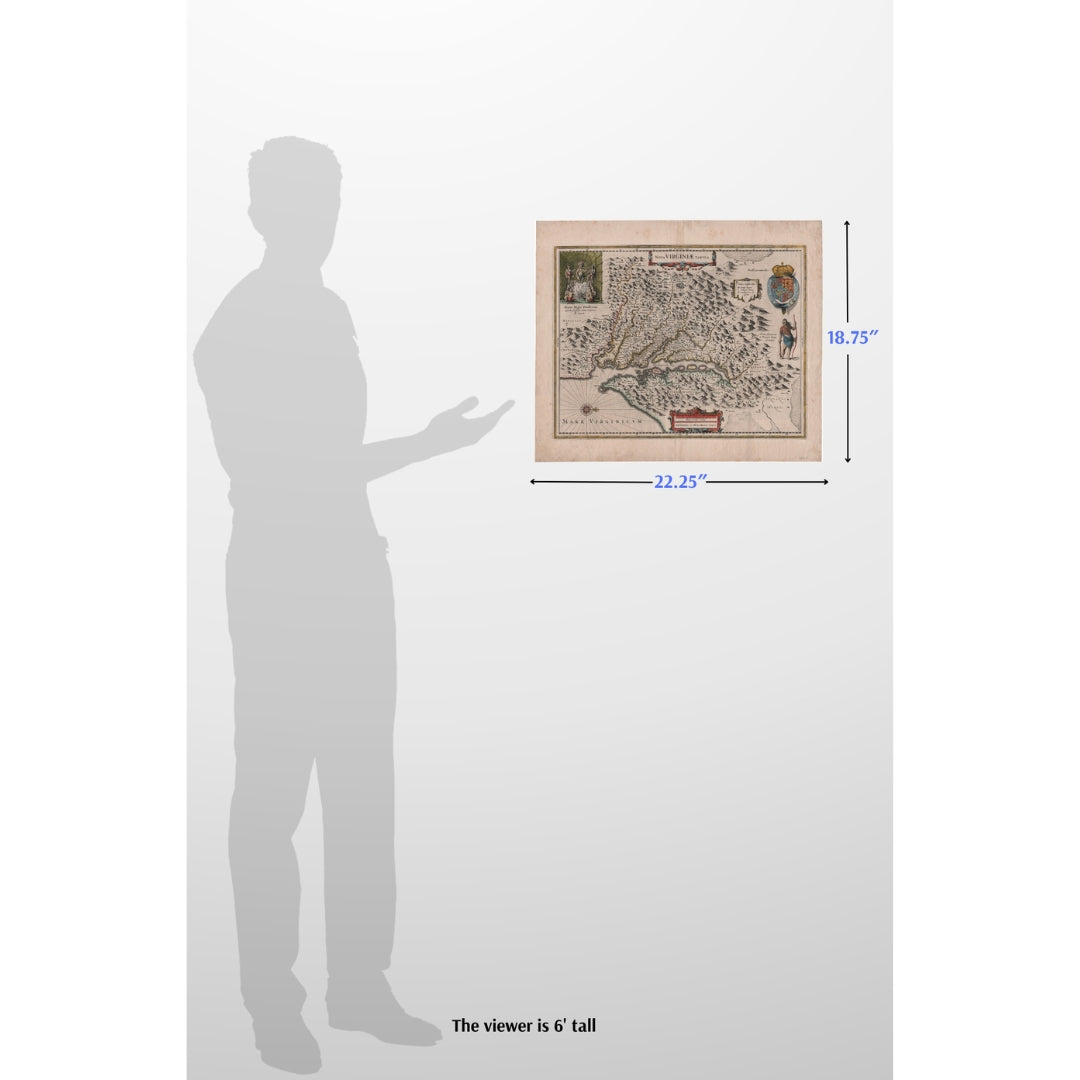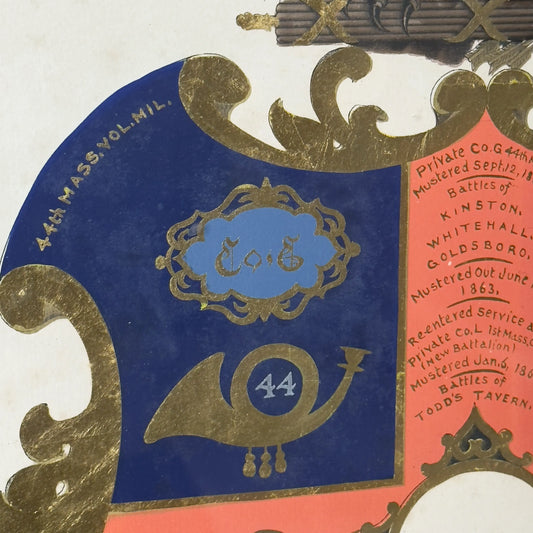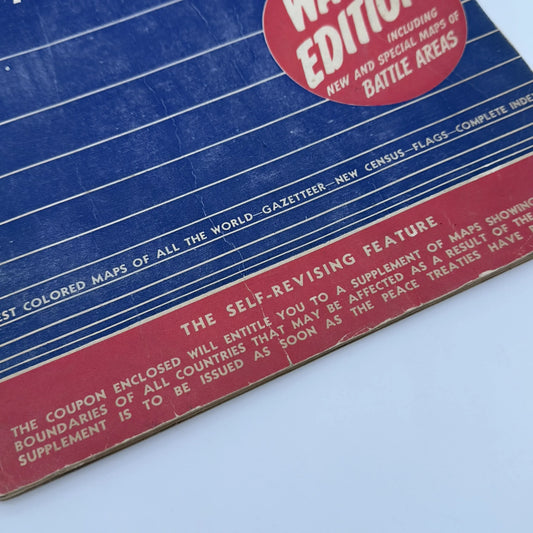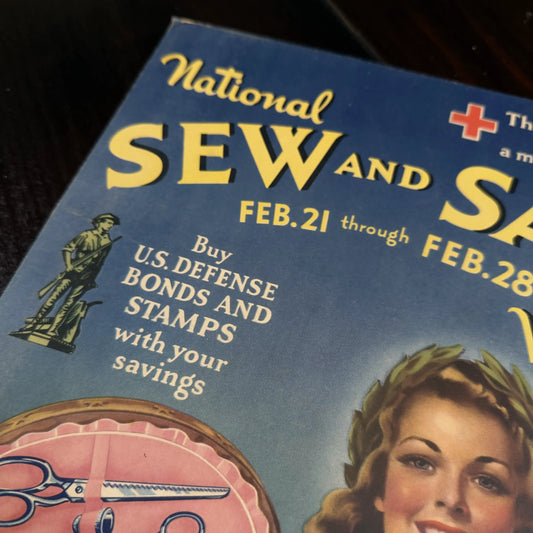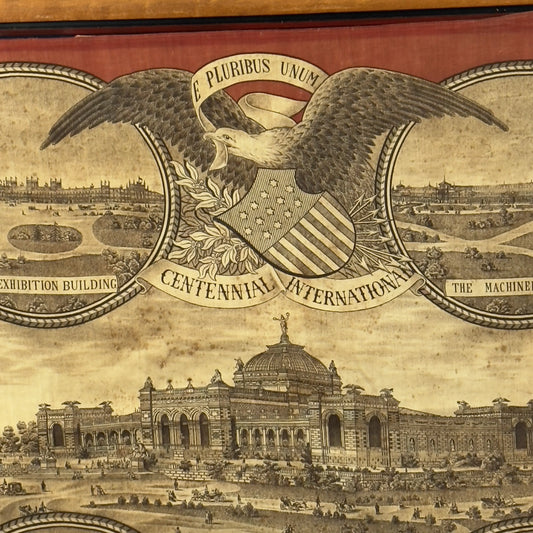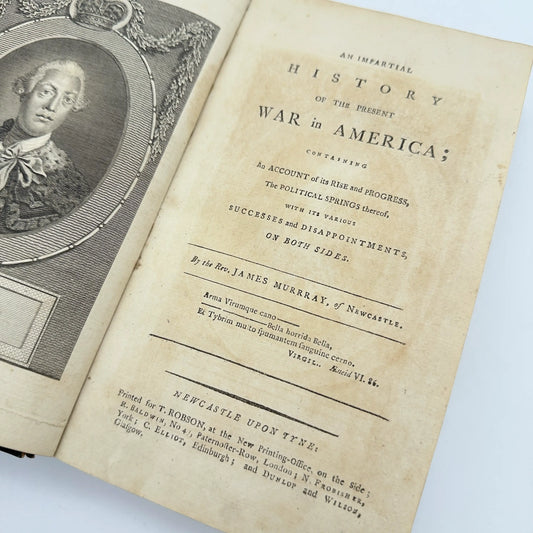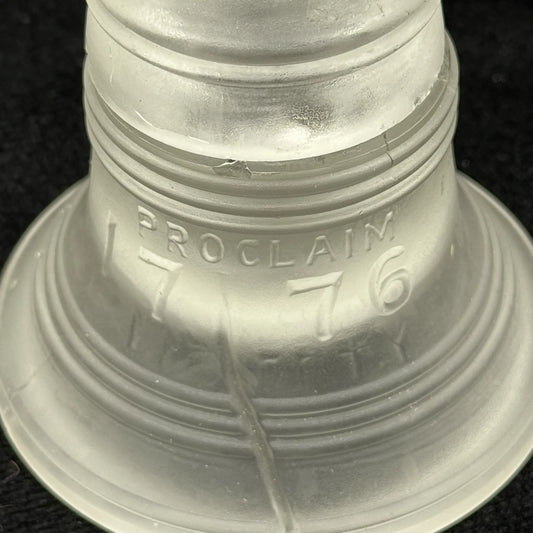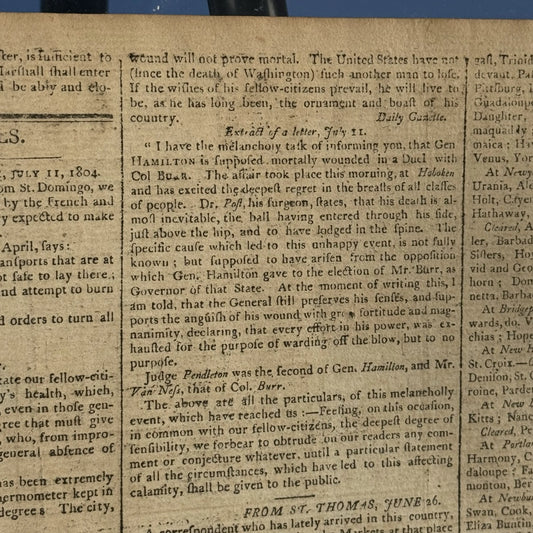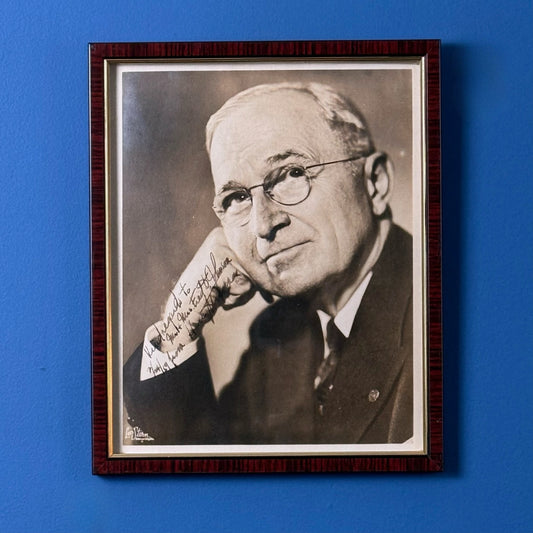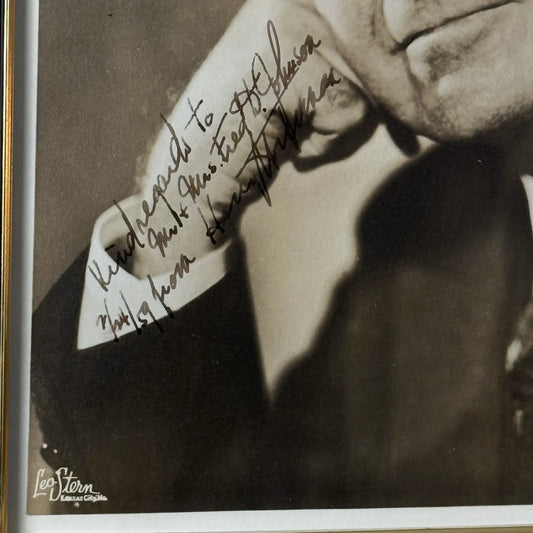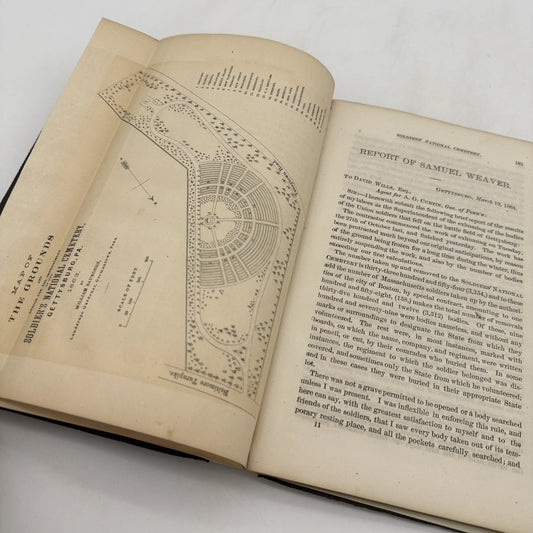1630s map of Virginia — Nova Virginiae Tabula — Hand colored
1630s map of Virginia — Nova Virginiae Tabula — Hand colored
"New France is adjacent to Virginia, so named from the Marian Islands of the same name, and a colony granted by King James to the younger branch of Queen Elizabeth of England. It was discovered and named by the famous and ancient English navigator in the year of our Lord 1494, named Cabot, also a relative of Christopher Columbus and his associate in the history of the Indies.
"This so-called New France now separates the two great regions of the far North and the South, which the English call New England. Along the coasts of these regions now lie primarily the English colonies and plantations. The map and description we see here is the one first created by Mr. J. Smith, who was the principal founder of this colony, ably assisted by Sir Thomas Dale, Mr. Argall, and several other courageous men.
"The Powhatan River, which the English call the James River, is one of the most convenient in the world, both for harbor, width, and depth. Nearly 40,000 English are settled there, and the principal town, called Jamestown, is located on the banks of this river.”
And it concludes . . .
"Thus ends the brief description of Virginia, which is found between New England and Florida, with the map and account made by Captain Smith and his companions, confirmed by other travelers and colonists. May God bless the enterprise and make it fruitful, to His glory and the good of all.”
— Lee Wright | Founder
Image size: 19.75" x 15"
Paper size: 22.25" x 18.75"
Shipping unframed: $45. Please allow two weeks for shipping.
Framing option: If you purchase this and are interested in framing, please send me a message and I'll send you a photo of the frame and mat I picked out and you can decide if you want me to frame it or to ship it to you unframed. The time and materials (including UV-protecting, non-glare acrylic) for framing is $350. If you choose to have me frame it, shipping, with insurance, will be $150.
Historical background
From Wikipedia:
"A very fine example of Henricus Hondius’ 1630 map of the Virginia colony and the Chesapeake Bay. Oriented to the west, this map covers from Cape Henry to the Susquehanna River and inland as far as the Appalachian Mountains. The Chesapeake Bay is shown in full as are many of its river estuaries, though topographically this map places a number of mountain ranges where there are in fact none. Cartographically this map is based upon John Smith’s landmark map of the Virginia colony issued in 1612. Smith’s fine survey work, as well as reports from indigenous American Indian tribes, and fanciful wishful thinking, combine to make this one of the most interesting maps of America to emerge in the 17th century. Philip D. Burden, the author of The Mapping of America, considers this map, Nova Virginiae Tabula, to be one of the most important maps of America ever produced and certainly one of the greatest influence. To fully understand this map one must first realize that most Europeans believed the Pacific, or at least some great bay that led to the Pacific, lay just a few days travel inland. In the minds of most Europeans of the period, the trade potential for the Virginia colony was entirely dependent upon it being a practical access point to the riches of Asia. Thus the significance of large and mysterious body of water appearing in the land of the Massawomecks, in the upper right quadrant, becomes apparent. Of course, much of this land was entirely unexplored by the European settlers in Jamestown, shown here on the Powhatan River (James River), who relied heavily upon American Indian reports for much of their cartographic knowledge of the Virginia hinterlands. The Masawomecks themselves were a rival of the Powhatan and made their home near the headwaters of the Potomac. These, like many other indigenous groups of the region made only a brief and frequently violent appearance during the 17th century before entirely disappearing, mostly from disease and war, in the early 18th century. In the upper left quadrant there is an image of the American Indian chief of the Powhatan sitting enthroned before a great fire in his long house. One of the more popular legends regarding John Smith was is capture and trial before the chief of the Powahatan. Smith was convinced that his liberation had something to do with the youthful daughter of Chief Powahatan, Pocahontas, taking a liking to him. Though this grew into a fictious legend of its own, the truth is more likely that Powhatan saw Smith and his Englishmen as potential allies against the rival American Indian groups, such as the Massawomecks, that were pressing hard against his borders. There are a number of different editions of this map and its publication by various map houses in various states made it the first widely distributed map of the Virginia colony and of John Smith’s important map.
"There was, however, a scandal relating to its publication. The map was originally drawn and engraved in 1618 by Jodocus Hondius based upon the first edition of John Smith’s 1612 map. When Jodocus died in 1629, he and his brother, Henricus Hondius, while collaborating on the Hondius Atlas Major , had established and maintained separate business for some 10 years. Jodocus’ death enabled the competing cartographer, Willem Blaeu to acquire a large number of Jodocus’ map plates, which he promptly published in 1630 as the Atlantis Appendix . Henricus, in the meantime, had been counting on Jodocus’ new plates to enhance his own, by then outdated, Hondius Atlas Major . A surviving contract dated March 2, 1630 reveals that Henricus Hondius and his partner Joannes Janssonius hired engravers to produce a number of new map plates copying the work of Jodocus – now in the hands of the Blaeu firm. This map was among the most important on that list and accounts for the quantity of variants of this map issued by competing Blaeu and Hondius firms."
Additional background covering some of the same history, from a Belgium map dealer:
"This is Henricus Hondius' derivative of John Smith's crucial map of Virginia, 1612. It is, however, drawn from his deceased brother Jodocus' version of 1618. The two have led separate careers for at least ten years, and in 1629, upon the death of Jodocus, Willem Blaeu acquired several plates from the estate. About thirty formed the nucleus of Blaeu's Atlantis Appendix of 1630. This challenge to the atlas of Henricus, which was by now quite dated, stimulated fierce competition between the two houses. The sale of plates must have occurred by 2 March 1630 as a contract of that date survives where Henricus Hondius and his partner Joannes Janssonius, angry at the sale of plates to their competitor, engaged engravers to cut some new plates after those of Jodocus within eighteen months so that they could advance their own atlas.
"The Virginia was one of the first engraved as it appears in Janssonius' Atlantis Appendix of 1630. Attractively engraved, it is the only Smith derivative to bear an Indian facing the Chesapeake Bay. After the death of Janssonius in 1664, the business was left to different parties. It could not be divided in such a way that ensured the continued production of the various atlases. In 1694 Petrus Schenk acquired all of the Atlas Major plates at public auction from the heirs of Jansson van Waesberge and began issuing the maps with his own imprint."
Source: Sanderus Maps
Made by America
Made by America
Almost all of the new products we offer are designed by us and made in America and most of our Rare Finds were made in America.
Our original designs are based on our nation’s history and our love of American history. Read more about other things we've created, including The History List, History Camp, and The Pursuit of History, in addition to The History List Store.
Every product that is made in America states that in the product description and includes the "Made in U.S.A." graphic.
